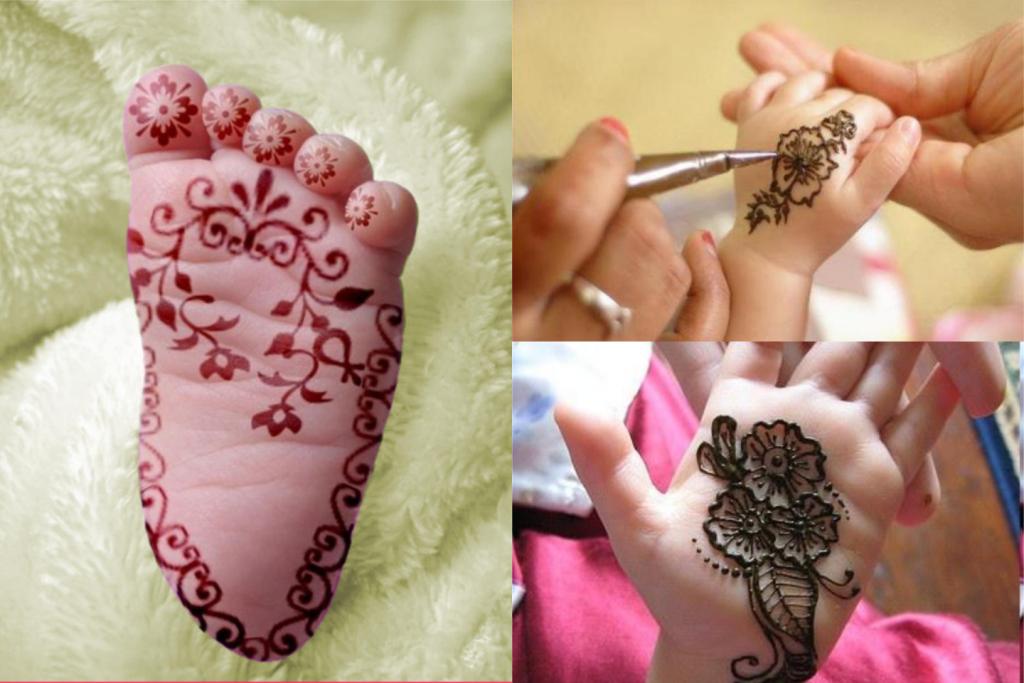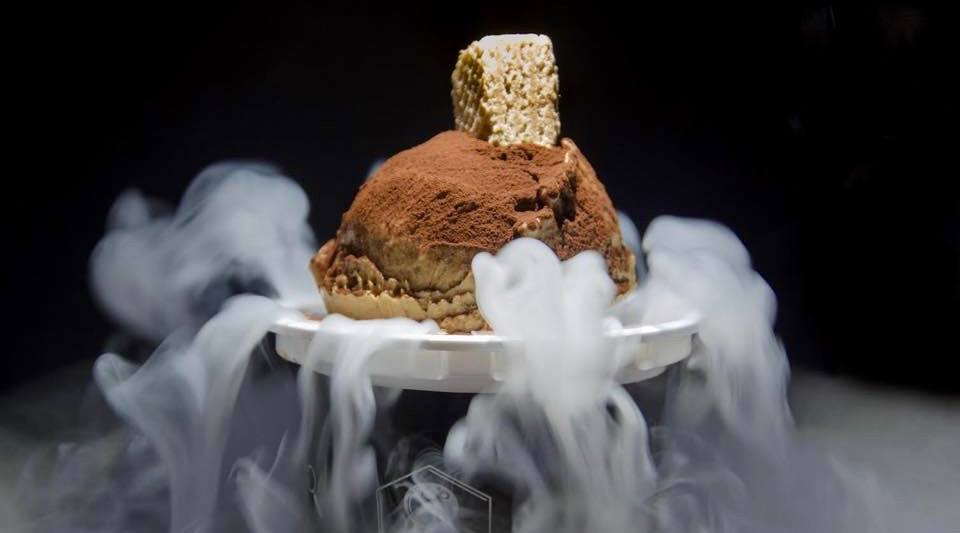Bronchial asthma is the most comon chronic disease of childhood and has increased worldwide particularly in pre school children which affects the airway carrying air in and out of your lungs. It is characterised by hyper responsiveness of tracheobronchial smooth muscle to a variety of stimuli, resulting in narrowing of air tubes, often accompanied by increased secretion, mucosal edema and mucus plugging. Mediators are released that result in airway inflammation and bronchoconstriction. According to studies in United States, about 20 million people have asthma. Nearly 9 million of them are children. This is because children have smaller airways than adults which makes it serious for them.
Earlier inhaled corticosteriods were used for asthma treatment in children. But it causes adverse effects in children therefore, leukotriene receptor antagonists came into picture as they are safe and effective particularly in pre school children. The main features being chronic inflammation and smooth muscle dysfunction responsible for disease progression and airway remodeling. Leukotriene modifiers play major role and are used to treat asthma.
Asthma in Children: Montelukast Dosage Guide with Precautions 
Cystenyl leukotrienes are important mediators of asthma. These proinflammatory mediators have numerous effects in the lungs were they decrease activity of respiratory cilia, increase mucus secretion, increase venopermeability and promote the eosinophil migration into airway mucosa. They act by blocking mediators in the pathophysiology of asthma. The cystenyl leukotrienes are montelukast, pranlukast and zafirlukast which selectively block cystenyl leukotriene receptor. Only montelukast has been extensively studied in children.
Diagnosing asthma in children can be difficult because sometimes before having asthma attack many will go symptom free. The symptoms of asthma should not be confused with other respiratory diseases. Symptoms are seen especially in morning or at night which include-
- Dysnoea or breathing difficultly
- Chest tightness
- Wheezing
- Coughing
- Shortness of breath or rapid breathing
- Fatigue
- Problem in feeding the infants
In some children, chronic cough may be the only symptom.
Sometimes allergies can also cause asthma symptoms. Like exposure to dust mites, dander from cats or dogs, pollen gains and other environmental allergens can trigger an asthma attack. In some children, asthma can be caused by non-allergic triggers such as cold air, pollution or exercise.
Dosage
For treatment of asthma, montelukast is administered once daily to adults as a 10 mg tablet. If montelukast has been prescribed for your child, the dose will depend on their age and will be taken in chewable form everyday at night.
- For children aged between 6 months and 6 years is 4mg or granules per day
- For chidren aged between 6 and 15 years is 5mg daily
Montelukast has a long duration of action, allowing the convenience of a single daily dose. Given their efficacy, antiinflammatory activity, oral administration and safety, it plays an important role in the treatment of asthmatic children. Higher doses have been tried, but do not give any added benefit. Food does not significantly affect its absorption. Effective bronchoprotection has been seen 20 to 24 hours after a dose.
When it should be taken ?
It is usually given once each day, in the evening.
How much to be given ?
Children for 6 years should be given 4 mg and older than 6 years should be given 5 mg chewable tablets.
What form it is available ?
Tablets- 10 mg
Chewable tablets- 4 mg and 5 mg
Granules- 4 mg per sachet
How it should be given ?
Tablets should be swallowed as whole with a glass of water. For easy taking by the child it can be crushed and then taken. It should be taken straight away without chewing.
Chewable tablets can be chewed or sucked. They should be taken at least 1 hour before eating or 2 hours after eating. The child can have water afterwards.
Granules can be sprinkled or stired into a small amount of cold soft food like yogurt, ice cream. The child should then swallow the food straight away without chewing. Make sure that it is taken all at that time only. Do not mix the granules with warm food or liquid. They should be taken within 15 minutes of opeing the sachet, not open until your child is ready to take.
When it starts to work ?
The child may need to take montelukast for a few weeks before it starts to prevent asthma attacks. Continue this during the attacks. Never miss the dose.
What if taken too much ?
If child has taken extra dose , they may get stomach ache, feel sick, may vomit, get a headache, feel thirsty and they may sleepy. Otherwise, contact your doctor.
What if forgot to take a dose ?
Skip the missed dose and continue your regular dosing schedule. Do not take a double dose to make up for a missed one. Do not take more than one dose of montelukast in a 24 hour period.
Talking precisely the dosage it can be taken-
For less than 12 months it is not approved
12-23 months- one sachet of 4 mg oral granules once a day
2 to 5 years-4 mg chewable tablet or one sachet oral granules once a day
6 to 14 years-5 mg chewable tablet orally once a day
15 years or older-10 mg tablet orally once a day
Uses
Montelukast is an orally bioavailable cystenyl leukotriene administered once daily. This is used for the treatment of asthma in children. It reduce asthma symptoms and improve airway obstruction. Other uses are-
- Reduce noctural awakenings
- Decrease asthma exacerbations
- Control asthma at reduced doses of inhaled glucocorticiod
- Reduce airway inflammation
- Reduce bronchial hyper responsiveness
- Improve pulmonary function
- Easy use and quick onset of effect
- Safe for child
- Mild adverse effects
Montelukast can reach lower airways and improves the peripheral functions which play a crucial role in the evolution of asthma.
Side effects
This is well tolerated drug which is very safe and produce very few side effects and include headache, ear infection, nausea, abdominal pain and pharyngitis. Still there may be some-
- May feel sick or vomit
- May have headache and dizziness
- May have muscle pain
- May have dry mouth and heartburn
- May get tired easily
- Child’s skin may feel itchy and develop rashes
- Child may have nightmares
- May have ear infection
- May have abdominal pain
Montelukast offers an effective, well tolerated and convenient treatment option for children with asthma.
Conclusion
Montelukast, a leukotriene receptor antagonist is the only drug approved for use in pediatric patients. Montelukast modifies action of leukotrienes which are bronchoconstricton and by blocking Cysteinyl leukotriene receptors. Oral montelukast has shown efficacy as a preventive treatment for asthma in children. Taking montelukast regularly will help to stop your child from having asthma attacks.













